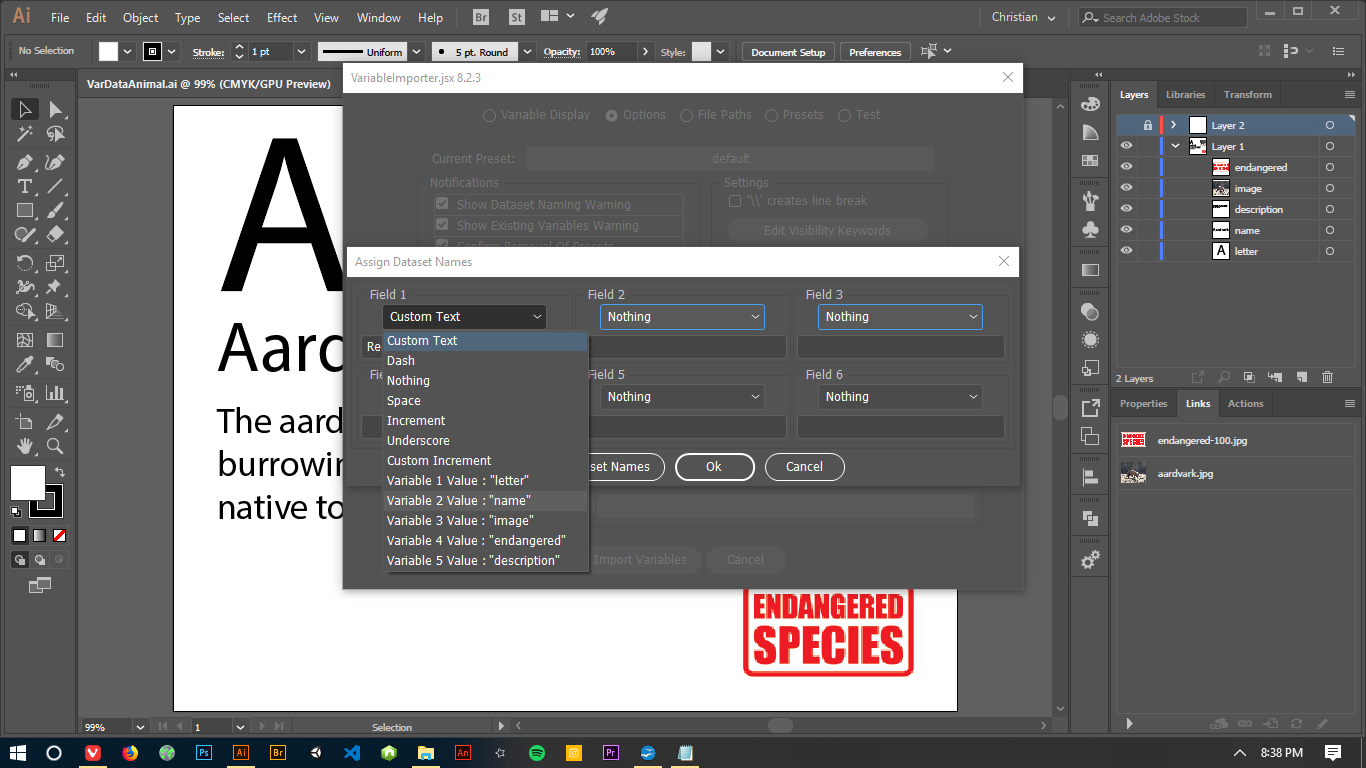

Block state: Stores a block with its current values (including NBT).The real term for this kind of variable is an itemstack. Itemstack: Stores Minecraft item or blockitem data to blocks, world or maps.The real term for this kind of a variable is an integer. Number: Stores solid or decimal numbers data to blocks, world or maps.The real term for this kind of a variable is actually a string. String: Stores text data to blocks, worlds or maps.

The real term for this kind of a variable is a boolean. Logic: Stores true or false data to blocks, worlds or maps.There are four kinds of variables, Logic, String, Numbers, and Itemstack. Each type holds specific types of data. They are useful when needing to test if something is happening or if a word is the same as something else, they can also be used in math to test for number values. What is a variableĪ variable is a value that holds data like states or numbers or even words for later use. So you can make the changes as per your application.This page will teach you some things about variables. The data appears as a question and response in this table. You can also customize and personalize the screen name, the table header, and the table section by changing the font color, background color, and the table headings for Question label and Answer Label. Normally, they are displayed one after another. In other words, responses from every new form start from a new page. Now if you set it ON, then the responses from each page are displayed on a separate page. They are arranged one after the other starting from the page where the summary control is added. The output is in the form of tables for each page that your data is fetched from. You can toggle on Show Subsequent tables in new Pages to enable subsequent tables. Now select the Variable that you had created earlier NewVar. In this format for the summary control, the first column provides the values for the input controls and the second column are the values that are the responses from the end-users. Select the control and click Summary settings. Now the important part is to set the properties for this control. The summary component which is a tabular representation gets added to your page. Click the + (add) button and select the Summary component. We would be thus adding the Summary component to the page. Now for this example, we want to generate a summary of details. Click Summary variables and add a variable NewVar. You can use these variables in the template by simply adding double curly brackets and adding the variable from the list. To add variables to the template as required, under Variables, click the Add button which gives you the option to choose a text variable, photo variable, summary variables, list variable(text) and list variable (image).
VARIABLE DATA CREATOR HOW TO
In this example let us see how to use the Summary variable. To be able to fetch the data and add it to your template, you need to use the variables. You would typically need data from the Form or screen or even from the sheets. Now when you are designing a template, the main consideration is to use it with your applications. You can use these to design your page as needed. Within this page, you can add the other components like Title, Text, Heading 1, Heading 2, Table, and so on. To start with, note that the template page has a single + (Add) button at the bottom of the page that allows you to add a new page. You can add the different containers and components to organize your page. If you have added a blank template, you would simply get a blank page.


 0 kommentar(er)
0 kommentar(er)
